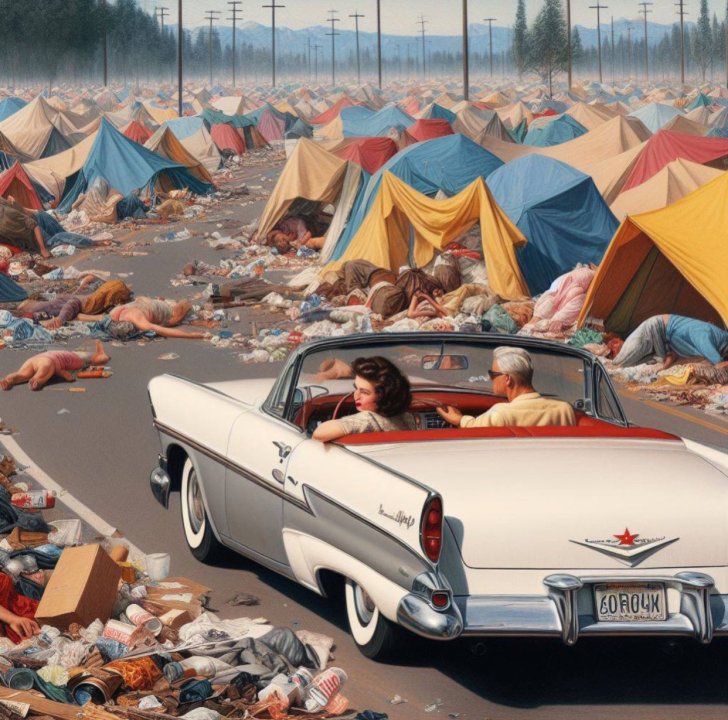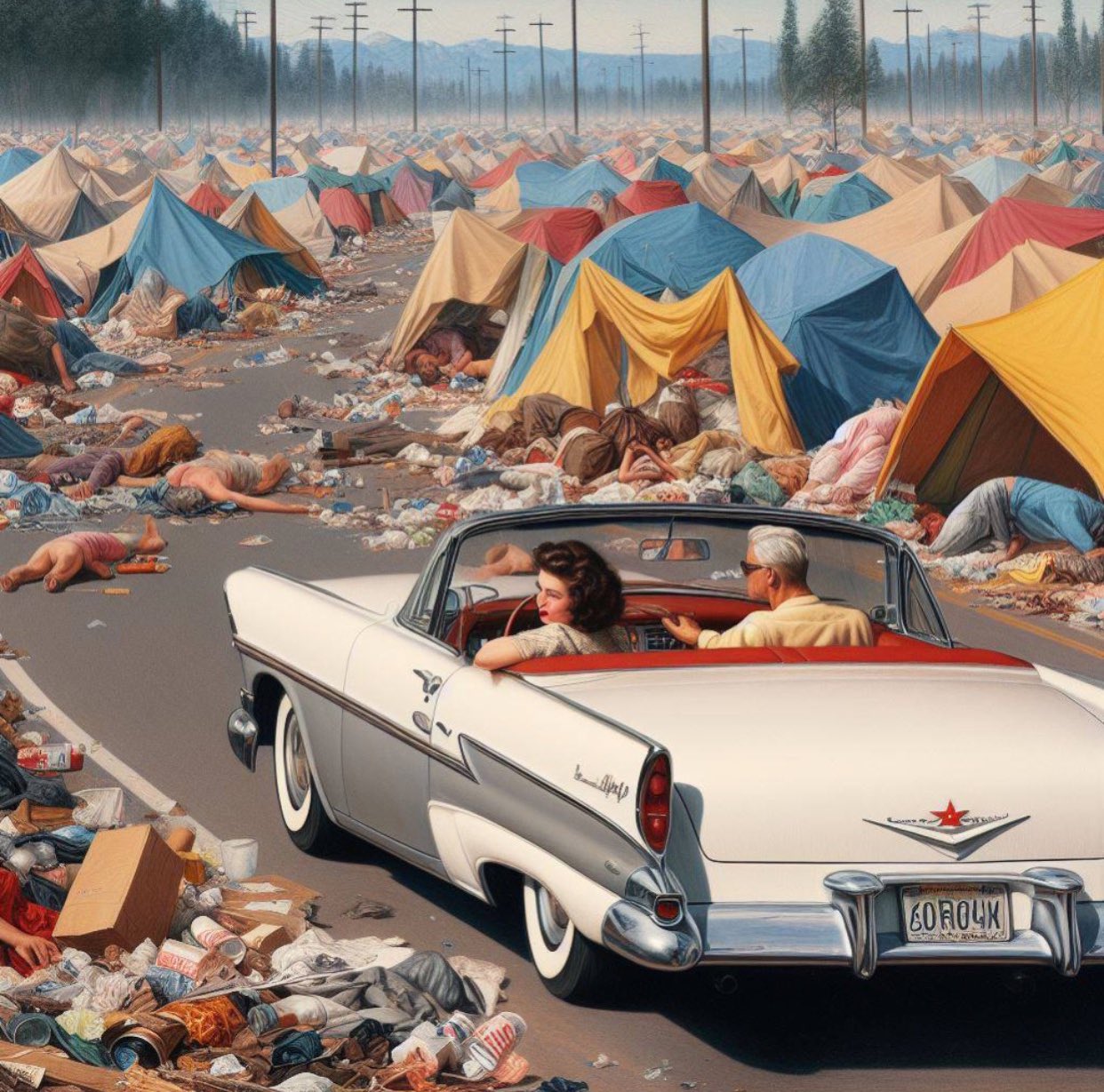Left-liberals despise AI-generated art. Not because of the themes explored by its adherents (that would be akin to disliking canvas and paint due to the way Goya used them), but because, they say, it has the potential to steal work from artists. Both in the sense that it deprives them of opportunities, and that it uses their images, in aggregate, to inform its output. I suspect the reason for their animus is more culturally contingent than these pragmatic explanations suggest. AI art democratises a medium they see as belonging to them, putting the ability to create arresting images within easy reach of anyone with an internet connection. The monkeys have typewriters, and they’re not using them to write Shakespeare.
I first ridiculed the Taylor Wessing photography exhibition in the (virtual) pages of this magazine nine years ago, and since then its problems have calcified. An alien seeing the catalogue might reasonably conclude that race and gender are the only subjects we consider worthy of artistic inquiry. There is one exception to the portrait prize’s unofficial ‘no white men’ rule: famous white men. This explains the presence of Shaun Ryder and Finn Wolfhard. Beyond that, if the subject isn’t downtrodden or oppressed in some fashion — forget it. It’s not art, and it’s not wanted.
That’s a fairly niche example of left-liberal groupthink in the arts, but you don’t have to cast a very wide net to find others. Consider a recent piece of popular culture, the Barbie movie, and its implicit ideological message; women should accept themselves, warts-and-all, but men need to ‘deconstruct their masculinity’. Or the recent furore directed at the musician Roisin Murphy for her comments about the use of puberty blockers. Many of the reviews of her new album, though positive, were adorned with sprinkles of disapproval.
Artistic movements have always been a sort of swinging pendulum. What happened between the obscene cartoons of Gillray and his chaste Victorian heirs can happen again. Though there is currently little sign of pushback in the mainstream arts world. Its ideological capture appears permanent and absolute. This caption, from the RCA’s recent degree show, is typical: ‘It deals with the ways in which trans and gender non-conforming bodies and lives disrupt not only traditional binary notions of identity – but also desire’. We’ve read it a thousand times. Its banality washes over us, stupefying by means of its sheer nothingness.
So little wonder then that in the folk-art movement of AI image generation, its anonymous practitioners have stuck a Dorito-encrusted middle finger up at such politically tepid output, coming from both high and low-brow culture. This is best demonstrated by a recent phenomenon, the ‘AI Rockwell’, in which Republican nightmares are rendered in the style of kitsch Americana. A black man steals a toaster oven while white liberals watch on, applauding. A rosy-cheeked housewife sips red wine surrounded by her seven cats. A smiling family walks through a scene like Skid Row. You get the idea.
In art as in politics, a stifling atmosphere carries with it obvious risks. By confining art to a predetermined set of themes, we relegate boundary-pushing to society’s dank fringes, giving rise to the possibility of more extreme and controversial expressions. ChatGPT won’t readily write a racist tirade for you, but its image-generating cousins will (for now) do the visual equivalent. The agitprop being produced this way doesn’t have the reach of a Hollywood blockbuster, but I’m willing to bet more people see it than shuffle through the halls of the National Portrait Gallery for Taylor Wessing.







Comments